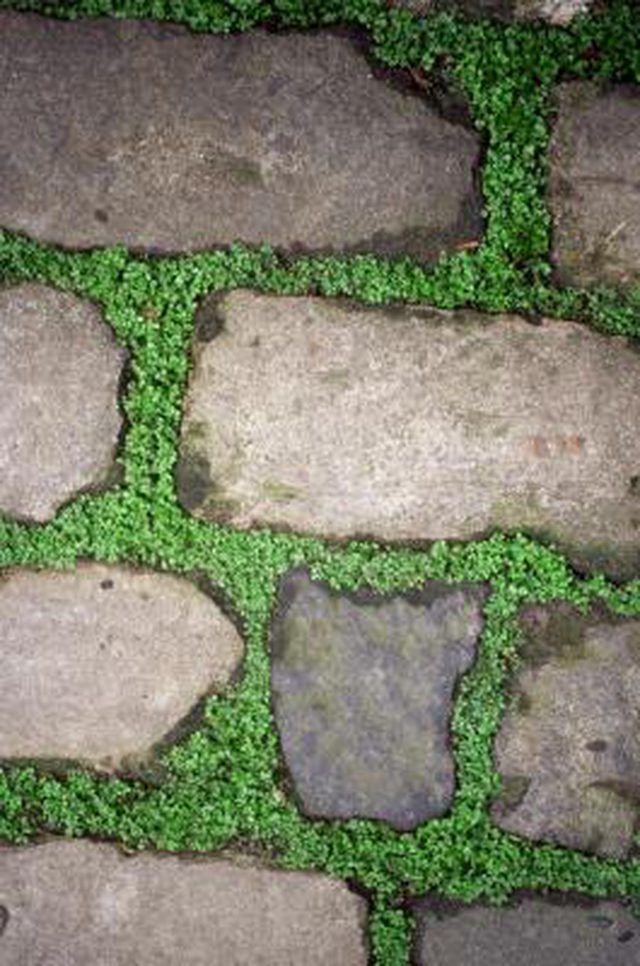Bulbs
Flower Basics
Flower Beds & Specialty Gardens
Flower Garden
Garden Furniture
Garden Gnomes
Garden Seeds
Garden Sheds
Garden Statues
Garden Tools & Supplies
Gardening Basics
Green & Organic
Groundcovers & Vines
Growing Annuals
Growing Basil
Growing Beans
Growing Berries
Growing Blueberries
Growing Cactus
Growing Corn
Growing Cotton
Growing Edibles
Growing Flowers
Growing Garlic
Growing Grapes
Growing Grass
Growing Herbs
Growing Jasmine
Growing Mint
Growing Mushrooms
Orchids
Growing Peanuts
Growing Perennials
Growing Plants
Growing Rosemary
Growing Roses
Growing Strawberries
Growing Sunflowers
Growing Thyme
Growing Tomatoes
Growing Tulips
Growing Vegetables
Herb Basics
Herb Garden
Indoor Growing
Landscaping Basics
Landscaping Patios
Landscaping Plants
Landscaping Shrubs
Landscaping Trees
Landscaping Walks & Pathways
Lawn Basics
Lawn Maintenance
Lawn Mowers
Lawn Ornaments
Lawn Planting
Lawn Tools
Outdoor Growing
Overall Landscape Planning
Pests, Weeds & Problems
Plant Basics
Rock Garden
Rose Garden
Shrubs
Soil
Specialty Gardens
Trees
Vegetable Garden
Yard Maintenance
How to Grow Plants Between Stepping Stones
How to Grow Plants Between Stepping Stones. Stepping stones make a cheap and versatile pathway. A path of stepping stones sometimes lacks interest and character. Plants help improve the path by adding color, texture and softness. The plants also absorb water and prevent the path from becoming a muddy mess. Adding plants between stepping stones...

Stepping stones make a cheap and versatile pathway. A path of stepping stones sometimes lacks interest and character. Plants help improve the path by adding color, texture and softness. The plants also absorb water and prevent the path from becoming a muddy mess. Adding plants between stepping stones requires little time, effort, expense or expertise, making it an ideal do-it-yourself project to improve the landscape.
Things You'll Need
Trowel
Compost
Mulch
Track the amount of sun the stepping stone path receives daily. You need to know how much sun to choose plants. Consider when the path receives shade, as well, because some plants perform better in morning sun and afternoon shade.
Select plants that work with the level of light the path receives. Low-growing, spreading plants that tolerate some dryness, like creeping thyme, work best between stones. Look for plants that can take a little foot traffic so that any accidental trampling won't damage the plants.
Estimate how many plants you need. One or two plants between stones usually suffices. Acquire the plants. Buy flats of small plug-sized plants from a local nursery or garden center. The plants will fill in quickly and you will save money.
Skim any grass and remove all existing plant material in the path. Remove the roots to prevent plants, grass and weeds from growing back. You might need to remove some of the stepping stones to access weed roots.
Dig small planting holes using a trowel or bulb planter. Make the holes twice the diameter of the planters and the same depth. Space the holes according to mature plant size. For example, space plants with a 12-inch spread approximately 1 foot apart.
Place a plug or plant in each hole. Fill the hole halfway with a mix of equal parts soil and compost. Add enough water to fill the hole and allow it to drain. Finish filling the planting hole with soil and compost.
Spread mulch between the stones to cover bare soil. This conserves moisture and helps prevent weeds until the plants establish.